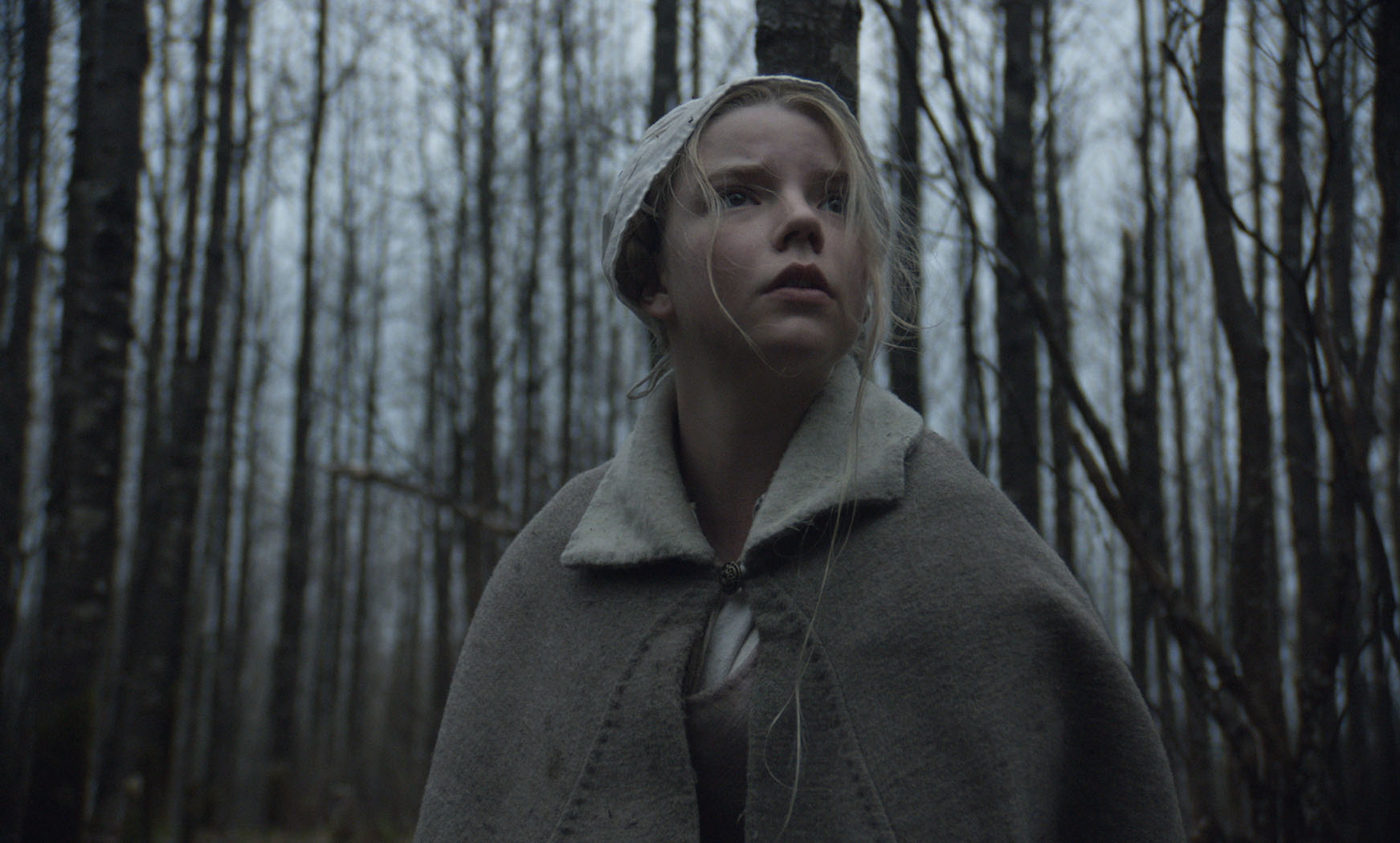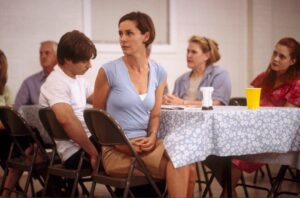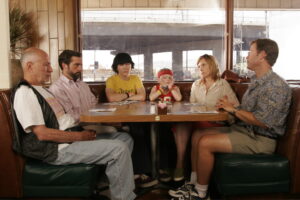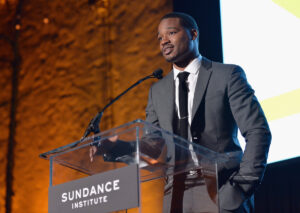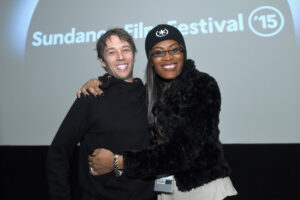By Layla Halfhill
It’s December 21, which means that, for those of us in the Northern Hemisphere, the Winter Solstice is upon us! This is the day when the North pole is at its furthest point away from the Sun, leading to the shortest day and longest night of the year. In Germanic culture, the Winter Solstice also correlates to Yule, a festival that has historically celebrated this day as one of paganistic significance and rebirth, thus making it an important date in the realm of wiccans and witches.
The idea of a witch — a woman with darkly supernatural powers — has been around since the early days of religion, embedded into folklore and religious texts, and having horrifying real-life implications for women who were hanged and burned at the stake for their pagan (read: non-Christian) ways. Stories through the ages have conjured up images of witches as both seductive temptresses and frightening hags, a dichotomy which nevertheless springs from a central core: the notion of female power as a threat to the patriarchy and thus to society as a whole.
Cinematically, this idea has manifested in films of all genres, from the hysterical witches of 1922’s silent classic Häxan, to the good and bad witches of The Wizard of Oz, through the fairy tale-inspired evil witches favored by Disney, to the more earthy witches of the folk horror heyday of the ’60s and ’70s, and up to a more recent folk horror revival of sorts.
In the modern sense, according to Merriam Webster, “Being a witch… in the world today can entail anything from being a practitioner of Wicca, a religion founded in the 20th century, to practicing any number of neo-pagan traditions.” But for our purposes, the Winter Solstice seems the perfect time to celebrate and explore the mystique of witches and their role as a long-favored cinematic device that filmmakers and audiences alike can’t seem to get enough of. Which brings us back to Sundance Institute and the Sundance Film Festival, which has featured its share of witch-centric films over the years, and where the role of the witch has served as both a device of terror and fantasy, and as a reclamation of female power against the patriarchy.
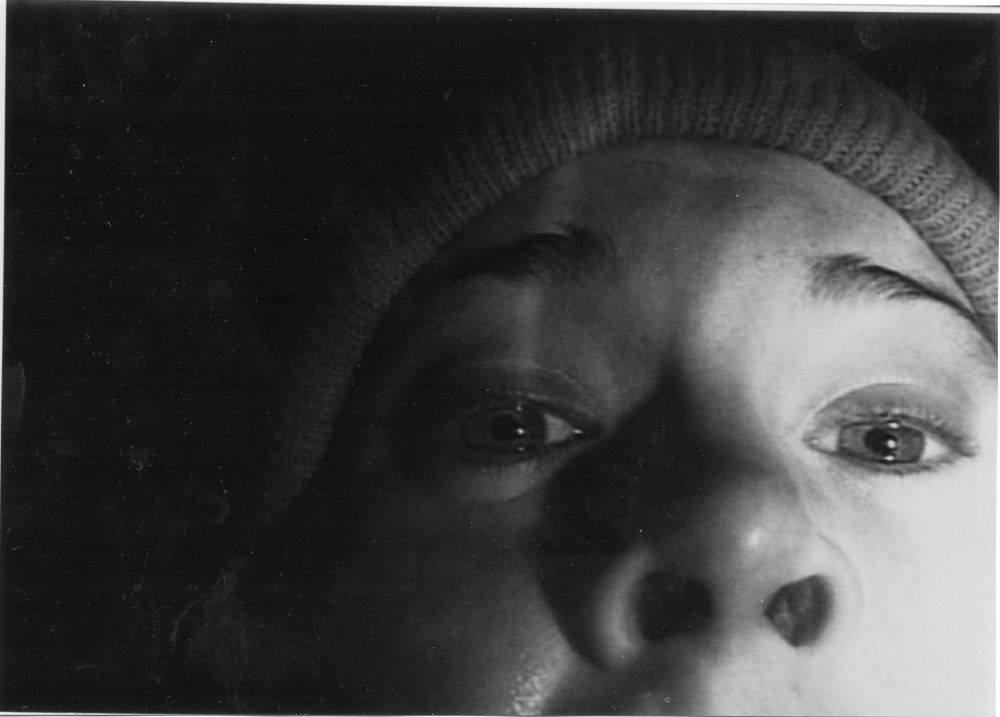
The Blair Witch Project (1999)
The modern folk horror resurgence which includes films like Midsommar (2019) has roots at the Sundance Film Festival, when, back in 1999, The Blair Witch Project took first the Fest — where it premiered — and later the world, by storm. Directed and edited by first-time filmmakers Daniel Myrick and Eduardo Sánchez, The Blair Witch Project follows a crew of documentary film students (played by Heather Donahue, Michael Williams and Joshua Leonard) who travel to the Black Hills Forest near Burkittsville Maryland in search of the legendary and terrifying “Blair Witch,” only to become lost and wind up as part of the folklore themselves, leaving only their footage behind.
Employing an urban legend-type tale surrounding the mythology of the Blair Witch, “an old woman whose feet never touch the ground,” in addition to utilizing a “found footage” documentary style, the film manages to be both visceral and terrifying while leaving much to the imagination. We never see the actual Blair Witch, but her presence is extremely felt.
Thanks in part to an ingenious marketing campaign that included “Missing” posters of the cast including a live number to call to report their whereabouts, the film was able to bring some of the urban legend-type vibe to life, leaving audiences unsure what was real vs fiction and making the film an early viral sensation at a time when the internet was just beginning to take off. The Blair Witch Project went on to make $250 million at the box office, making it one of the most successful independent films of all time, revitalizing folk horror and kicking off a “found footage” craze that influenced countless works that followed. (Available to stream on Tubi, PlutoTV, The Roku Channel and Redbox)
The Witch (2015)
Robert Eggers’ debut The Witch, which premiered at the Sundance Film Festival in January 2015, also leans into the horror of woods-dwelling witches, but does so in a way that offers its young protagonist, Thomasin (Anya Taylor-Joy) the opportunity to stick it to the patriarchy. In fact one might say the oppressive hand of the religious patriarchy provides the actual horror of the film.
Set in 1600s New England, the story begins when Thomasin’s family is banished from their Puritan colony and set up a new life for themselves at the edge of a wood. Things take a dark turn when Thomasin’s baby brother disappears from her care, stolen by the witch who dwells nearby. Thomasin’s parents (Ralph Ineson and Katie Dickie) blame her for their troubles and their religious fervor and paranoia begin to build. Thomasin finds an out, however, when the family goat, Black Phillip begins to communicate with her, offering her an opportunity to “live deliciously.” Ultimately she chooses to harness the dark magic of witchcraft as a means of freedom and salvation. (Available to stream on HBOMax, Hulu, and Amazon Prime)
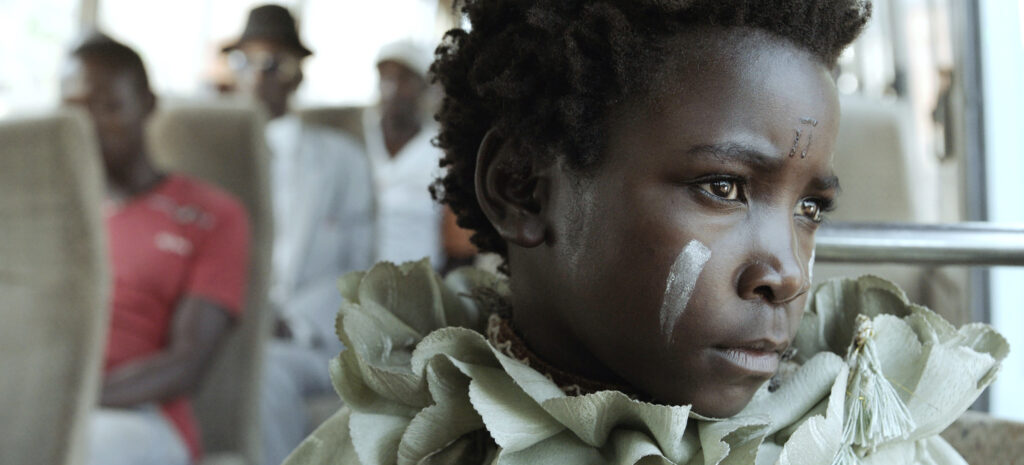
I Am Not a Witch (2017)
While The Blair Witch Project and The Witch both center on witches in the New England region of North America, I Am Not a Witch, which played at the 2017 Sundance Film Festival, turns a humorous yet searingly critical lens to Africa, where in some countries children are still accused of witchcraft even today. Written and directed by Zambian-Welsh filmmaker Rungano Nyoni in her debut feature, I Am Not a Witch centers around a young Zambian girl, Shula (Maggie Mulubwa), who is accused of being witch after a mundane incident. Afterwards, she is sent off to a “witch camp” where she and the other witches must remain tethered to a ribbon and perform hard labor or else, they are told, they will turn into goats. Through a combination of absurdity and tragedy, Shula gets a first hand look at the ways in which superstition and the accusation of witchcraft is used as a means of control.
I Am Not a Witch went on to win a BAFTA for Outstanding Debut by a British writer, director or producer for Nyoni and producer Emily Morgan. (Available to stream on Kanopy)
You Won’t Be Alone (2022)
Writer-director Goran Stolevski chose to turn his debut feature lens to 19th Century Macedonia, using a witch as the feral and curious protagonist in a gorgeous, grotesque and hauntingly affecting meditation on both the beauty and the pain of life. Premiering at Sundance Film Festival last January, You Won’t Be Alone follows the journey of Nevena (played in part by both Noomi Rapace in Alice Englert), who is turned into a witch as a newborn by a “Wolf-Eateress” witch, Maria (Anamaria Marinca), a pseudo-mother figure who believes being a witch is less painful than being human. As Nevena turns 16, her witch transformation is complete, and she is sent off by Maria into the world on her own to discover for herself all its beauty and cruelty. Nevena moves through time living life in different human bodies, exploring different genders, experiencing various loves and heartbreaks and ultimately discovering for herself what it means to be human. (Available to rent on AppleTV and Amazon Prime)




